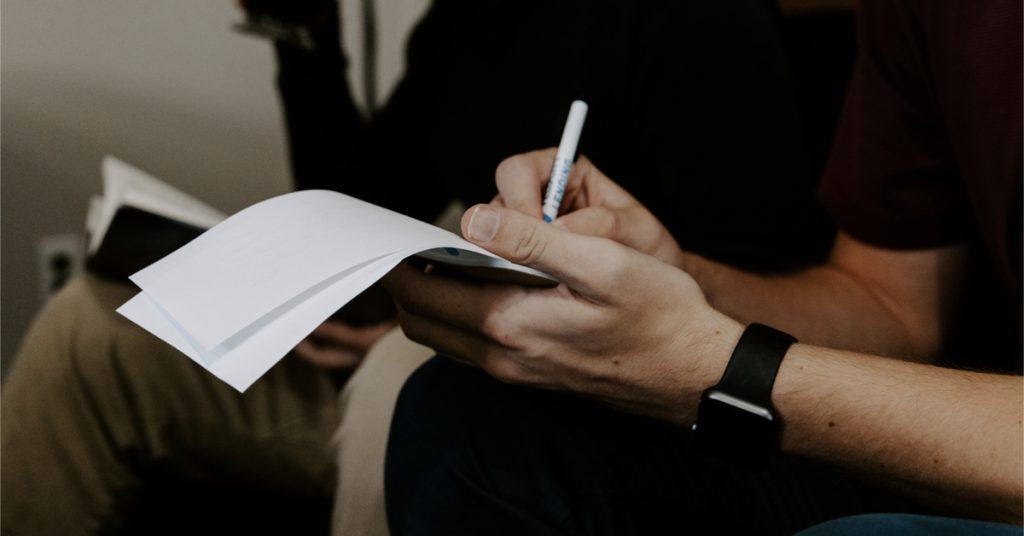

She is credited with creating the pie chart to represent this information. When people visually represent knowledge, they can deepen their comprehension of concepts such as cycles and relationships: as a result, some cognitive researchers advocate teaching different ways of representing knowledge from an early age.įlorence Nightingale is remembered for her contributions in reforming medicine through her detailed, meticulous observations, documentation, note-taking and writing. Fergus Craik and Robert Lockhart, pioneers in cognitive neuroscience research, noted three levels of information processing: their theory lays bare the neuroscience behind da Vinci’s insights centuries ago. The artist’s notebooks reveal a creative, inquiring, inventive mind and man of science and art unparalleled, centuries ahead of his time. You can also explore other ways that can be adapted for different study needs, such as compare/contrast charts or webs. A popular one is the Cornell style developed by education professor Walter Pauk. There are templates and formats that teach more effective ways of taking hand-written notes. This becomes a potent study strategy, as one’s own processing can be further consolidated through talk. Note-taking becomes note-making: an active involvement in making sense and meaning for later reflection, study or sharing of notes to compare understanding with lab partners or classmates. By contrast, taking notes by hand involves cognitive engagement in summarizing, paraphrasing, organizing, concept and vocabulary mapping - in short, manipulating and transforming information that leads to deeper understanding.

Researchers have found that note-taking associated with keyboarding involves taking notes verbatim in a way that does not involve processing information, and so have called this “non-generative” note-taking. While your laptop might seem faster and more efficient, there are good reasons for having a paper-bound notebook and pen - any kind you prefer - at the ready. But keyboarding does not provide the tactile feedback to the brain that contact between pencil or pen and paper does - the key to creating the neurocircuitry in the hand-brain complex.

Automaticity in keyboarding is an important skill too, and the tools and applications for digital communication will continue to evolve and have their place. We live in a digital age where daily functioning involves digital communication.
#Writing to your own memory note taking how to
Learning how to take notes by hand effectively, and how to ingrain note-taking as a key learning and study tool, can begin as early as Grades 3 or 4, but it’s never too late to begin. Taking notes by hand is a win-win, and belongs in every student’s cognitive tool kit. READ MORE: (April 7, 2016) Should students take notes on paper or laptops? And secondly, when you take notes by hand, your hands create a robust external memory storage: your notebook. Handwritten notes are a powerful tool for encrypting embodied cognition and in turn supporting the brain’s capacity for retrieval of information. Whether or not you’re picky, know that tools for the hands are tools for the brain. Send this page to someone via email emailĭo you pick up any old notebook and pen when you need them, or do you have a thing for Moleskines or Montblancs?.


 0 kommentar(er)
0 kommentar(er)
